Distribution of mosquito nets is a simple yet very effective way of saving lives
Distribution of mosquito nets is one of UNICEF’s basic health and nutrition interventions in South Sudan. It is an affordable, yet very effective way of protecting children against malaria, a potentially deadly disease.
1. Malaria is one of the main causes of child morbidity in South Sudan. Around 75 per cent of all child deaths in South Sudan are due to preventable diseases, such as diarrhoea, malaria and pneumonia.
2. Globally, a child dies of malaria every two minutes
3. Malaria is one of the main reasons children get malnourished in South Sudan. Children are losing their appetite and are heavily affected by vomiting and diarrhoea which comes with malaria.
4. A long-lasting insecticide treated net lasts for 3-4 years.
5. Sleeping under an insecticide-treated bed net (ITN) is the most common and most effective way to prevent malaria infection.
6. Malaria preys upon the vulnerable: children under five years of age, the poorest and most marginalized, pregnant women and their unborn children. Malaria in pregnancy contributes significantly to deaths of mothers and young children.
7. Floods and stagnant water increases the number of malaria cases as water is the breathing ground for mosquitos. South Sudan has experienced heavy flooding in 2020. Upper Nile is one of the hardest hit areas.
8. A mosquito net costs around 2 dollars, less than a cup of coffee many places in the world
9. In 2019, UNICEF South Sudan distributed 46,732 mosquito nets. In 2020, we are aiming for 340,000 nets distributed.
10. UNICEF has partnered with the World Bank to provide essential health services and supplies, including mosquito nets, in Upper Nile and Jonglei. Many thanks to UK Aid who are also supporting these efforts.
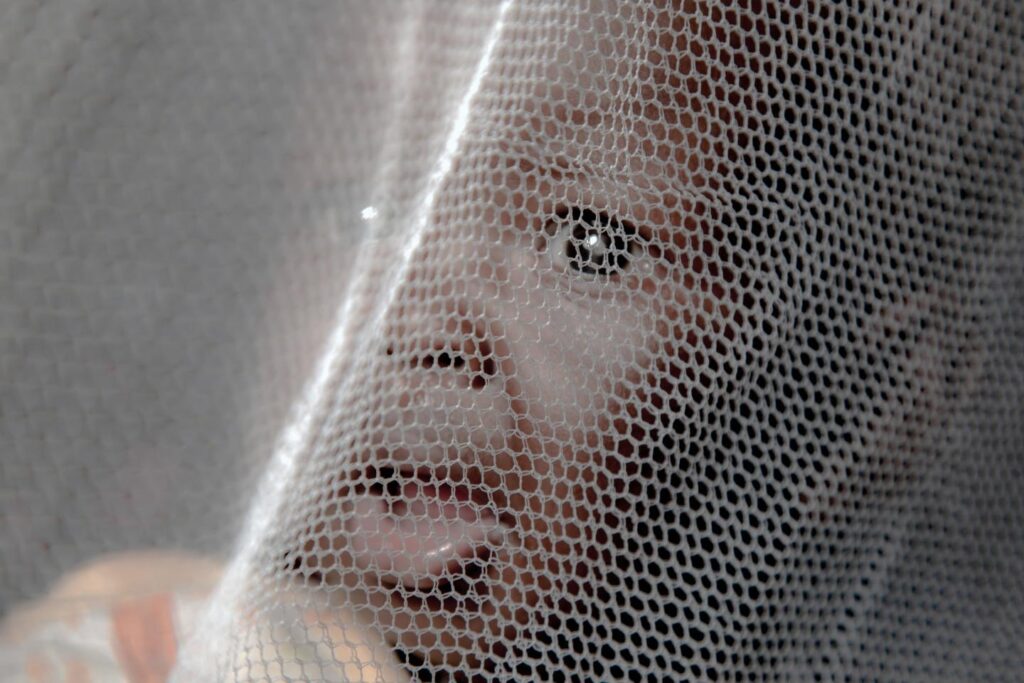
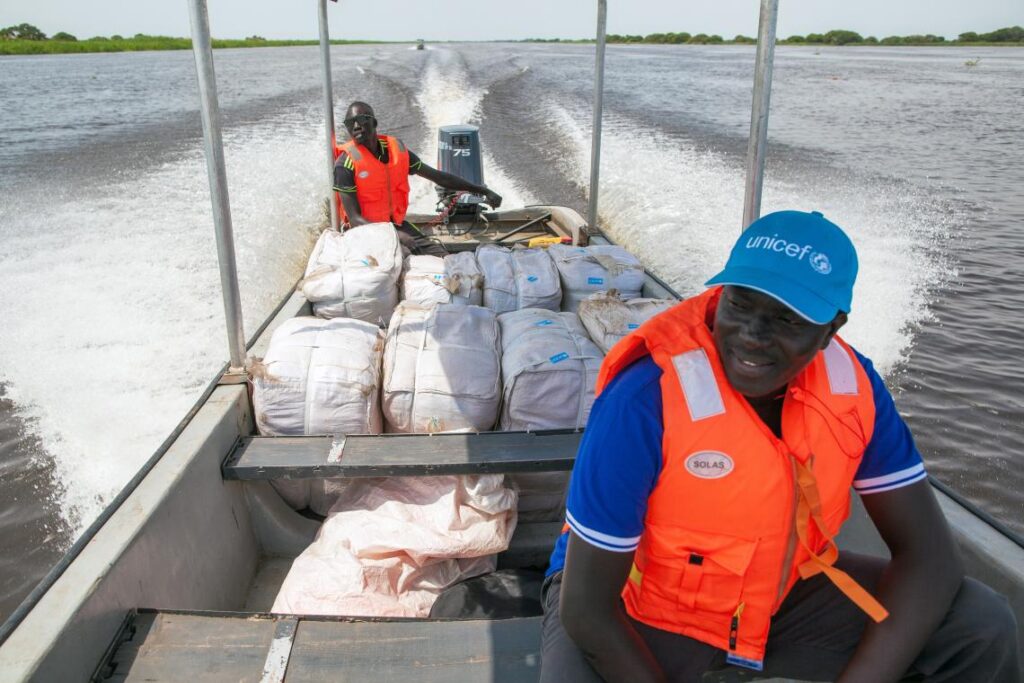
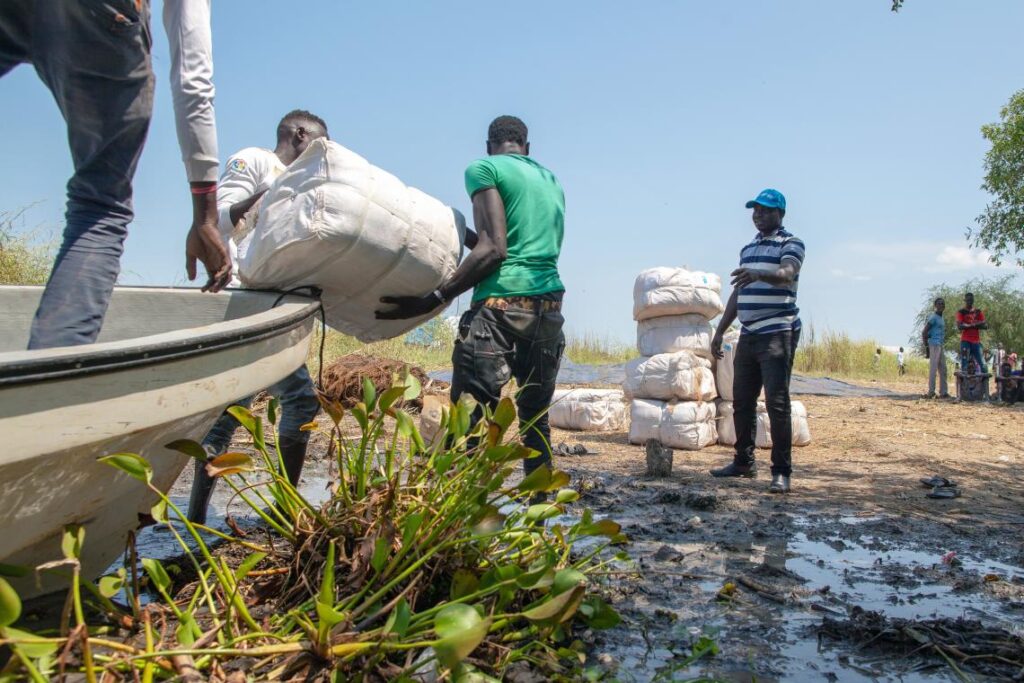
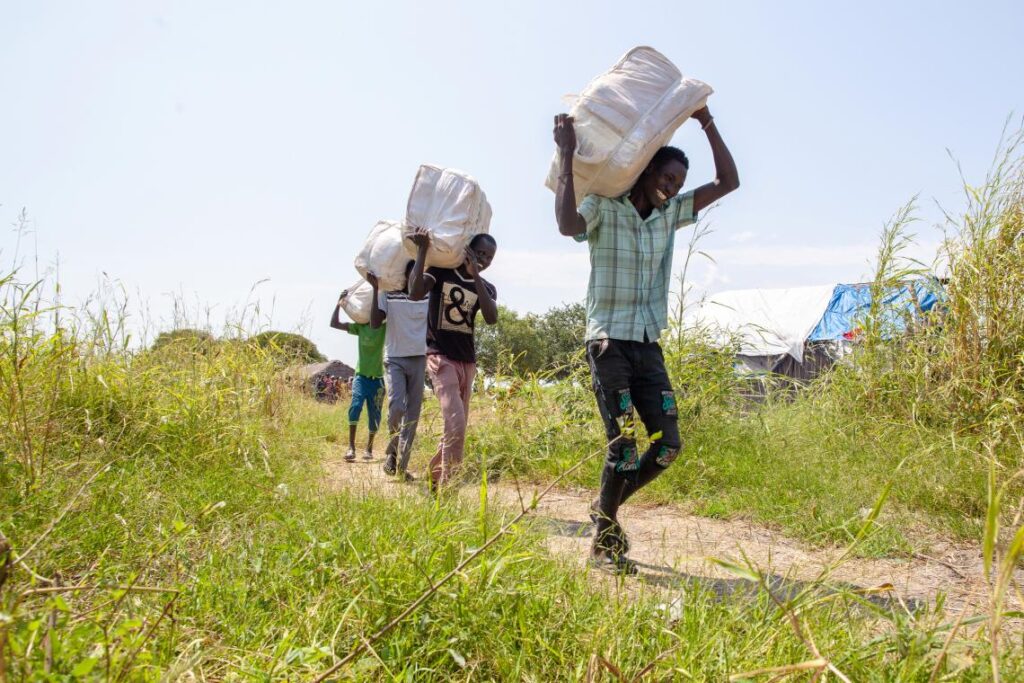
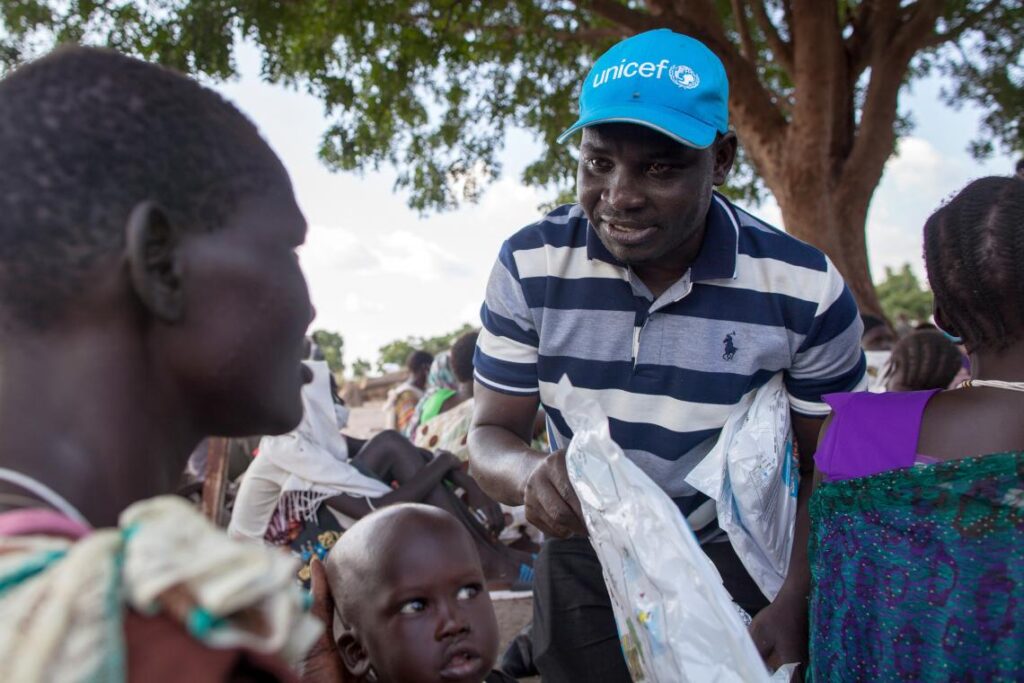
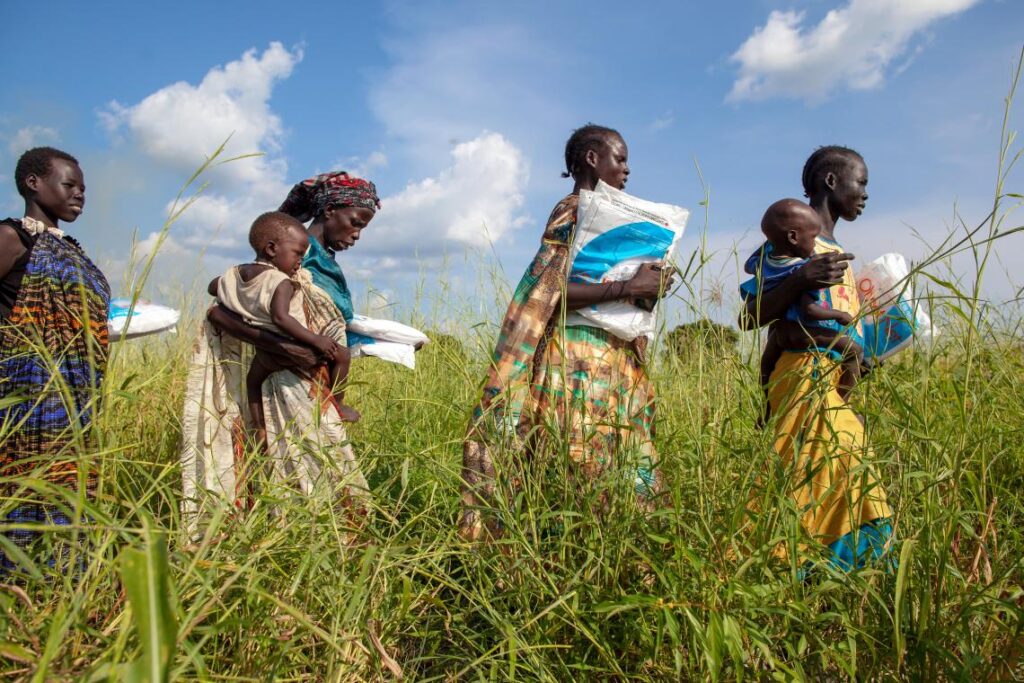
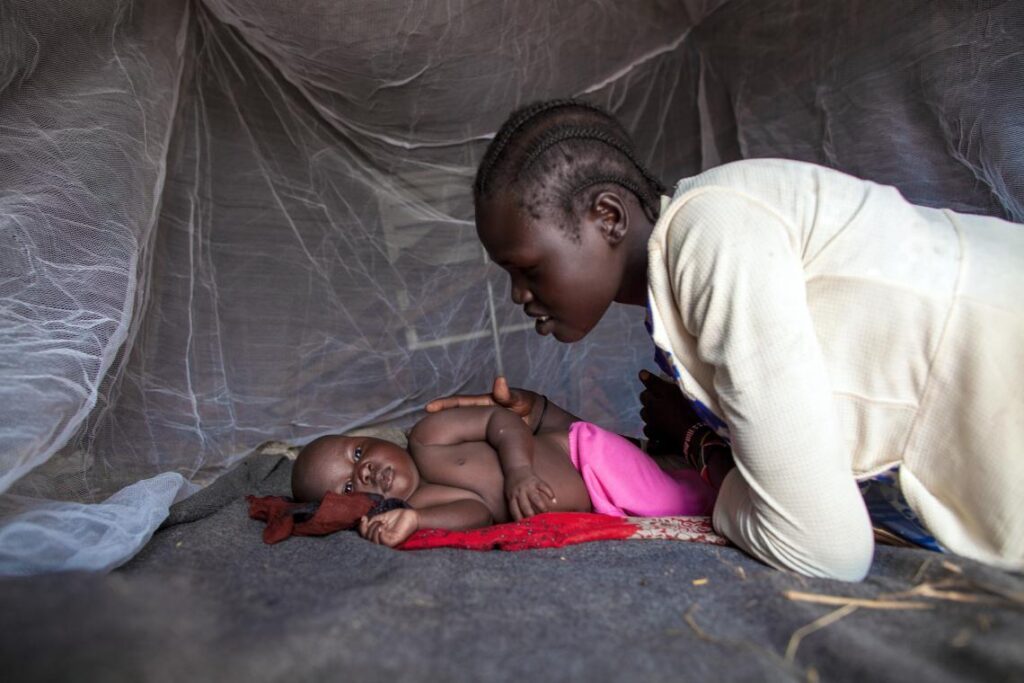
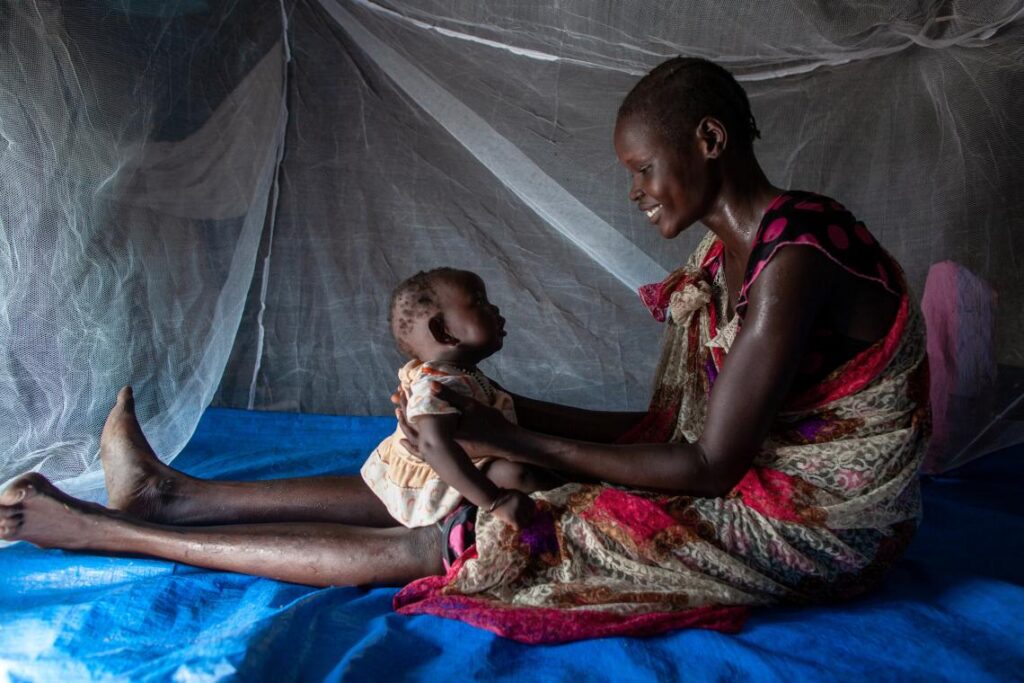
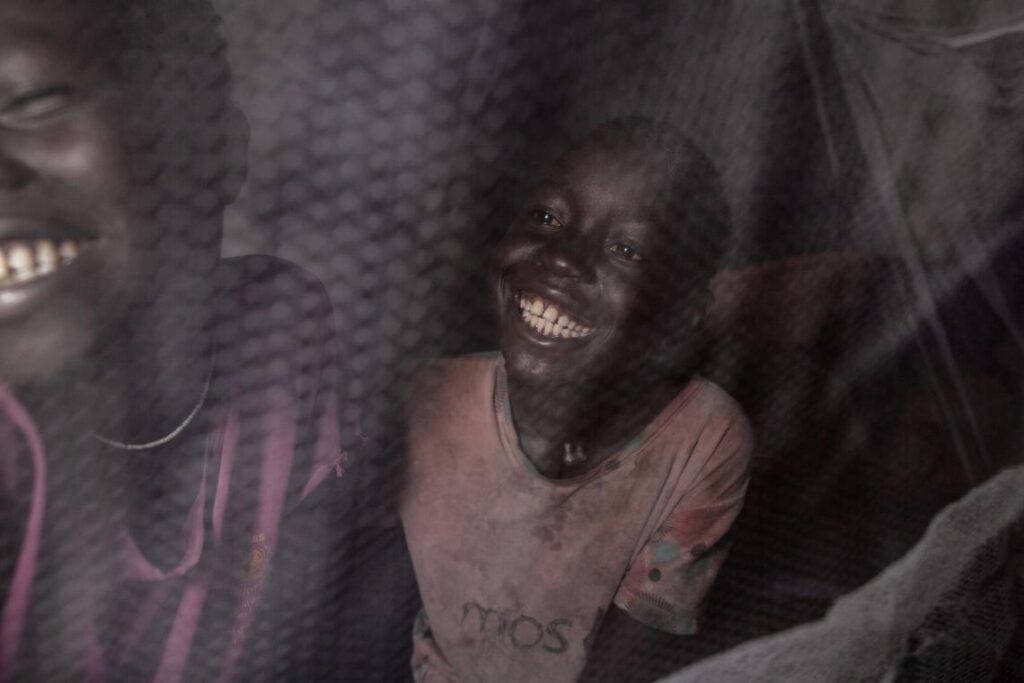
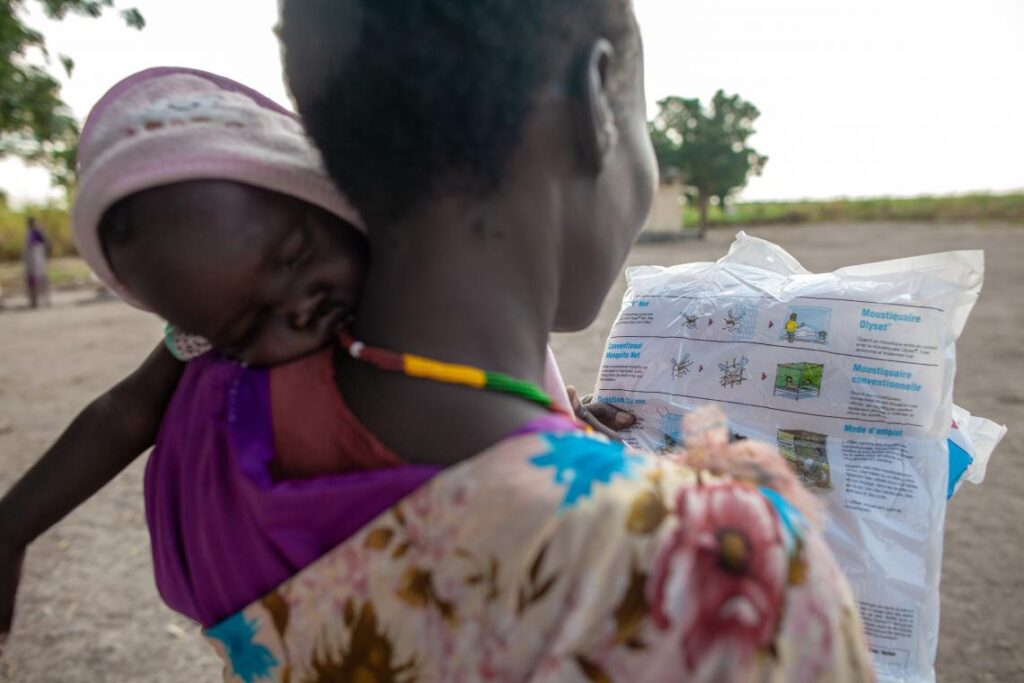

 3M
3M Ansell
Ansell Дельта Плюс
Дельта Плюс Drager
Drager Эдельрид
Эдельрид Honeywell
Honeywell JUTEC
JUTEC Лейкленд
Лейкленд MSA
MSA Новая свинья
Новая свинья Weldas
Weldas